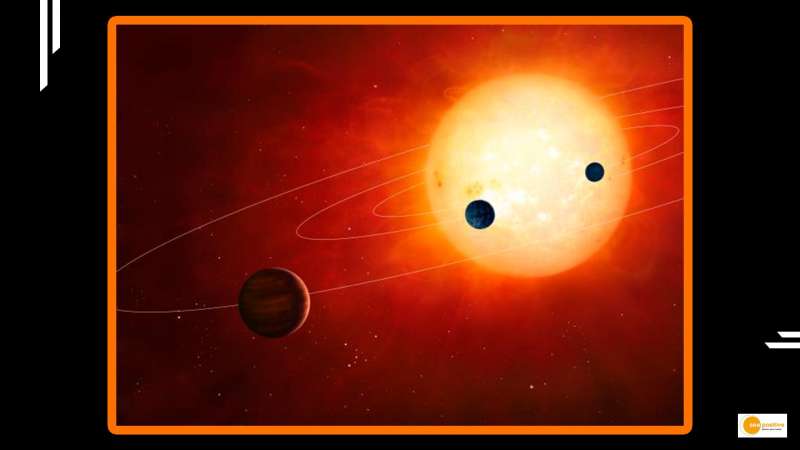

Highlights:
• More than half of the 5,000 known exoplanets were spotted by Kepler
• William Borucki, Kepler’s principal investigator, has a clear favorite: Kepler-62f
• A super-Earth about 1,000 light-years from Earth
In January 1992, two astronomers announced a finding that would transform the path of science: they had discovered planets outside our solar system.
The discovery of the first proven exoplanets – planets that orbit other stars — proved visionaries who had thought for ages that “innumerable heavenly bodies, stars, globes, suns, and earths may be sensibly recognised therein by us,” as Renaissance polymath Giordano Bruno put it. Michel Mayor and Didier Queloz were awarded the 2019 Nobel Prize in Physics for their discovery of the planet 51 Pegasi b in 1995.
According to NASA, the number of known exoplanets has recently surpassed 5,000 after 30 years.
With the aid of ever-more advanced space telescopes, this stunning richness and variety of worlds has come into view. There are “hot Jupiters” that orbit dangerously close to their stars, as well as “super-Earths,” which are beefed-up copies of our plan.Rogue worlds wander through cosmic space cut off from their stars.
Some worlds even show indicators of habitability, implying that they potentially support extraterrestrial life.Experts and enthusiasts offered their favourite exoplanets or exoplanetary systems among the thousands of worlds available to mark the occasion.
World of a Dead Star
The first confirmed exoplanets discovered were Poltergeist and Phobetor. Using the Arecibo telescope in Puerto Rico, Alexander Wolszczan and Dale Frail discovered planets around a neutron star, a sort of dead star.
“Poltergeist and Phobetor were the first exoplanets with Earth-like masses and the first multiplanet system,” said Frail, an astronomer at the National Radio Astronomy Observatory. “Not only did this discovery predate further confirmed exoplanet discoveries by three years, but they were also the first exoplanets with Earth-like masses and the first multiplanet system.”
According to Wolszczan, a professor at Pennsylvania State University, “if you can make planets around a neutron star, they should be common around all kinds of stars.”
Seven-in-One
The TRAPPIST-1 system is a fan favourite, with seven rocky planets and a location only 40 light-years from Earth. The system, according to Lisa Kaltenegger, director of Cornell University’s Carl Sagan Institute, has four planets in the habitable zone — the region around a star where liquid water could potentially exist.
Important planets
TOI-1233, a sun-like star more than 200 light-years away from Earth, is home to five known exoplanets. In the year 2020, four of these worlds were discovered.”TOI-1233 is an outstanding planetary system with its high number of transiting planets, sunlike host star, and proximity to the solar system,” said Tansu Daylan, a Massachusetts Institute of Technology researcher.
Boost Your Imagination
Kepler-51 is one of the youngest star systems on this list, having been discovered only 500 million years ago. Despite the fact that it is still a baby in astronomical terms, the system already has multiple planets with mysterious properties, according to Peter Gao, a staff scientist at the Carnegie Institution for Science.
Gao described the system’s three planets a “super puffs,” owing to their extremely low density, which resembles Styrofoam or cotton candy and “challenge our understanding of how planets form and evolve.”


